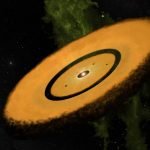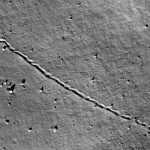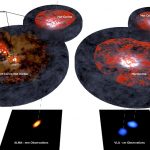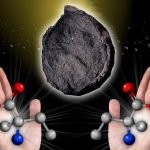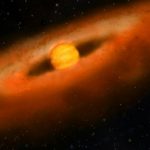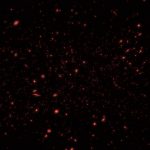Scientists find how long-lived Peter Pan discs form
A new study has revealed how long-lived Peter Pan discs form, which could provide new insights into how planets arise.
Planet-forming, or protoplanetary, discs are...
Moon’s surface is still changing, says new study
Scientists have analyzed an archive of more than two million images of the lunar surface and have created the first global map of rockfalls...
Astronomers find elusive target hiding behind dust
Astronomers acting on a hunch have likely resolved a mystery about young, still-forming stars and regions rich in organic molecules closely surrounding some of...
Ancient asteroid impacts created life ingredients on Earth and Mars
A new study reveals that asteroid impact sites in the ocean may possess a crucial link in explaining the formation of the essential molecules...
Titan is migrating away from Saturn 100 times faster than previously predicted
By Earthly standards, Saturn's moon Titan is a strange place.
Larger than the planet Mercury, Titan is swaddled in a thick atmosphere (it is the...
Scientists discover the closest young brown dwarf disk yet
Brown dwarfs are the middle child of astronomy, too big to be a planet yet not big enough to be a star.
Like their stellar...
This mysterious interstellar visitor was probably a dark hydrogen iceberg, not aliens
The aliens came on Oct. 19, 2017.
That was the day telescopes picked up a strange object with an odd, elongated shape that moved like...
Scientists capture a mighty pulsar ‘powering up’
Scientists have, for the first time, observed the full, 12-day process of material spiraling into a distant neutron star, triggering an X-ray outburst thousands...
Scientists make a surprising finding in the early universe
The formation of the first stars and galaxies in the early Universe took place sooner than previously thought, says new study.
A European team of...
Our Milk Way’s halo is at least 10 times hotter than previously thought
The halo that surrounds our own Milky Way galaxy is much hotter than scientists once believed - and it may not be unique among...

